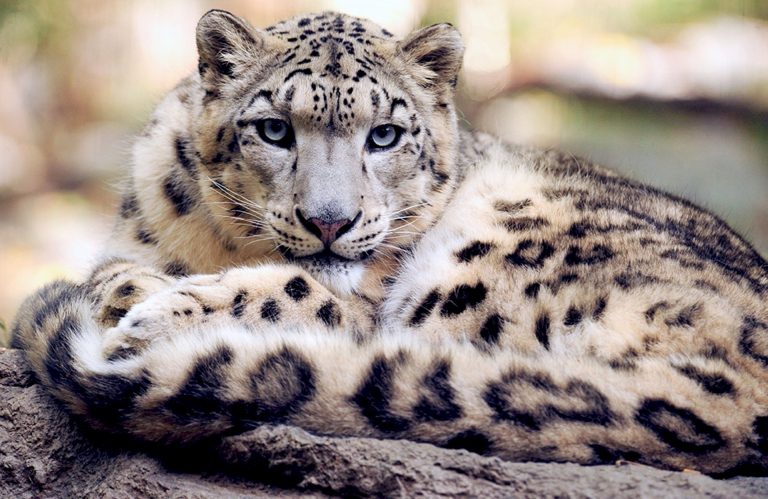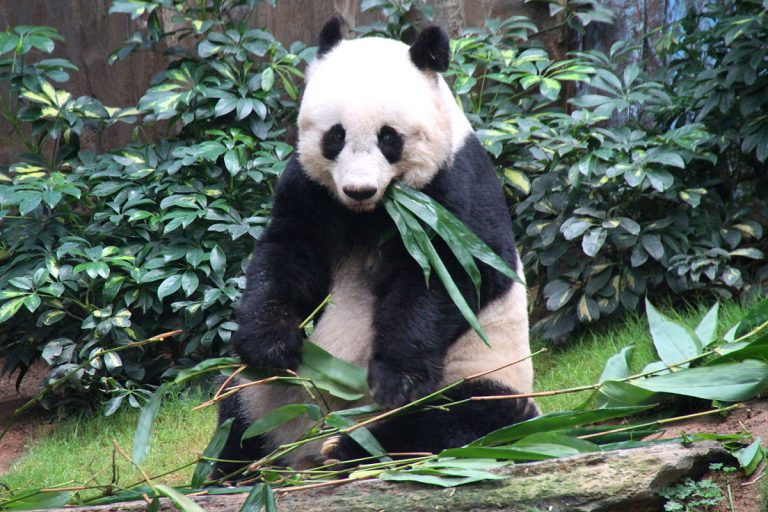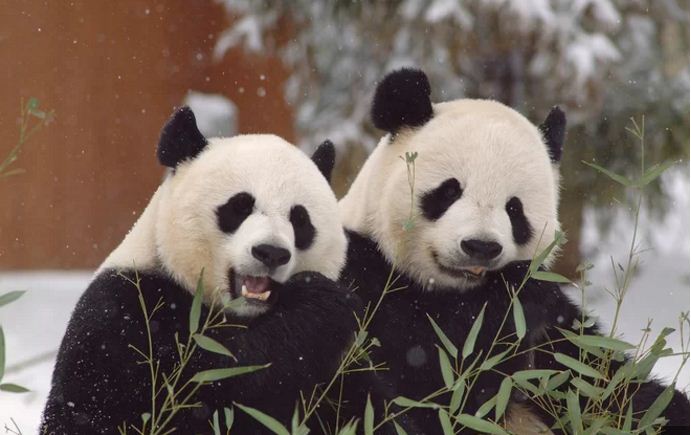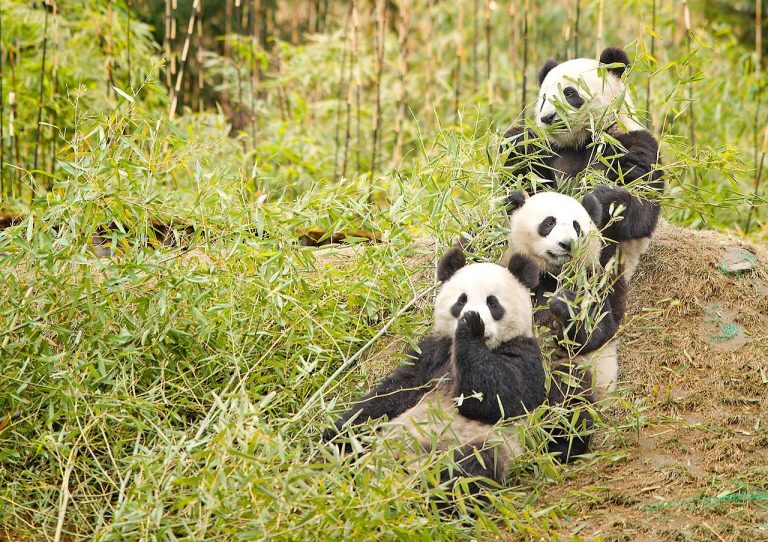Do Giant Pandas Hibernate Or Not?
Everybody knows bears like to sleep in winter, but do Giant Pandas Hibernate or not?
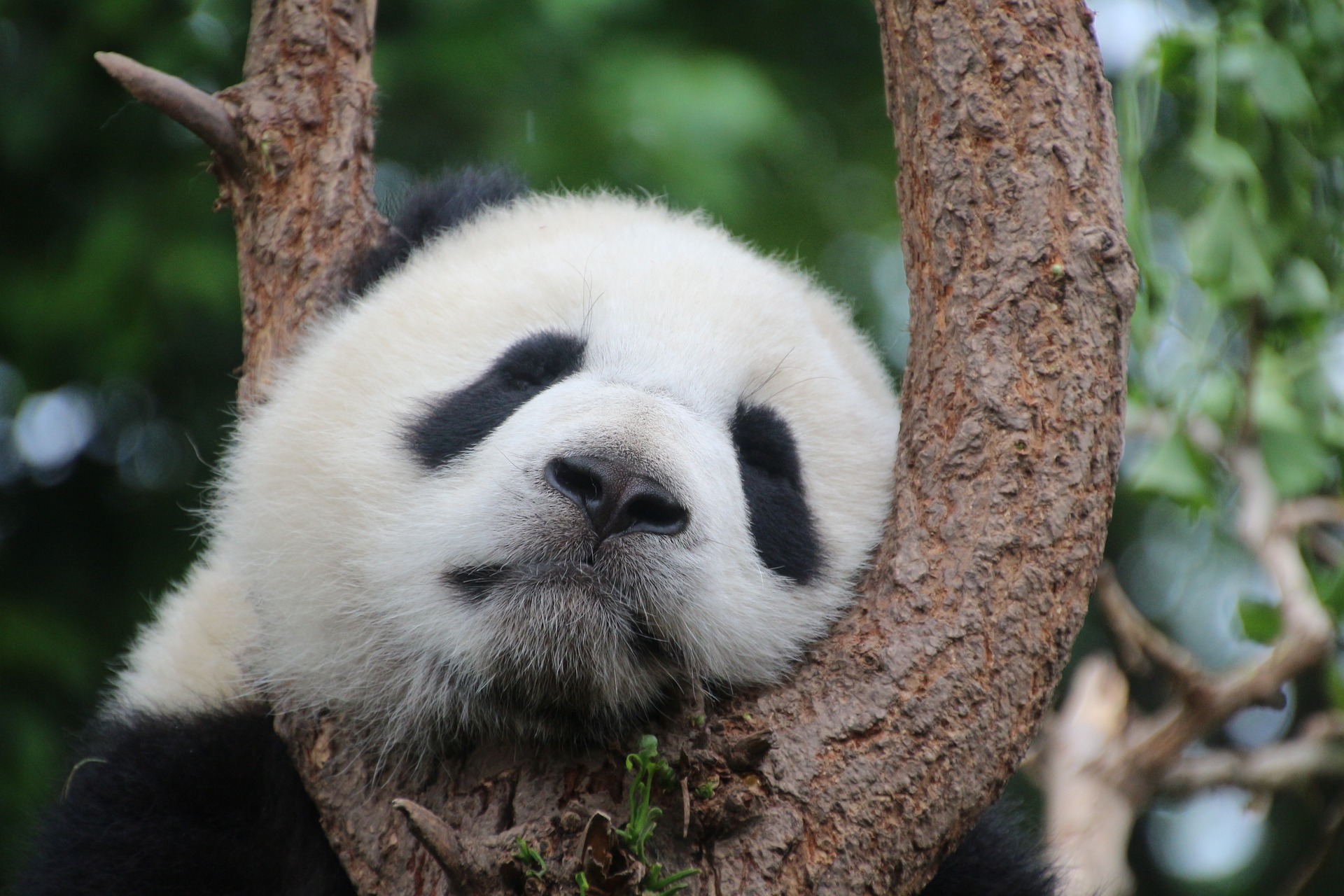
Giant pandas are one of the most well-known species in the world with just about 2,000 of them alive today. These bears have been the subject of much debate and one issue in particular is that of hibernation.
Now, one of the very first things we learn about bears as kids back in school is that they hibernate for months during winter. In fact, they are notorious for this “winter sleep.”
So, we all know Giant Pandas are bears, right? And because they are bears they should hibernate too, right?
But for the sake of accuracy, the logical next question is do giant pandas hibernate?
Well, surprisingly, the short answer is – no. Giant pandas do not hibernate. Below, we’ll look at the reasons why they not hibernate and how they cope with the winter months.
Why Don’t Giant Pandas Hibernate Like Most Other Bears?
Before we consider the non-hibernating nature of the panda bear, let’s quickly define what hibernation is.
In the simple terms, hibernation is basically a long sleep that an animal undergoes during the winter in order to save energy and survive. So, they prepare for this “starvation” time by eating extra food and storing it as fat for use as energy during the hibernation.
At that time, their temperature goes down tremendously so does their heart rate and breathing pace to use even less energy.
Now, back to our non-hibernating bear; the panda. Well, so far, the most widely accepted answer to this question is that they can’t hibernate. And there’s one factor experts blame for this; their diet.
Pandas diet consists of 99 percent bamboo. Bamboo is a tough, extremely fibrous plant that consists of 0 percent fat. This means that pandas diet is almost completely fat free. As a result, they never store enough fat to even think of hibernation
Wild animal species largely struggle to find nourishment during the long, cold winter months. Some of them solve that problem by hibernating.
So How Do Pandas Deal With The Cold Weather?
The fact that giant pandas don’t hibernate doesn’t mean that pandas they’ve discovered the secret to handling the bitterly cold winters well. On the contrary, they do not deal with cold weather well at all as they can’t store body fat.
Remember that body fat (apart from thick fur) is the main thing that protects wild animals from the elements and pandas have very little fat.
Because they are unable to go into hibernation, they developed a simple but effective strategy. They just migrate.
They usually migrate a very short distance but sometimes they can come down from elevations of 11,000 feet above sea level (where it’s much colder) to 4,000 feet. Once they are settled in, they just keep nibbling on the bamboo and wait for the cold season to end.
The fact that pandas don’t go into hibernation does not mean that they don’t like their sleep. Again, it is just the opposite. Giant panda bears really love their sleep. In fact they may even be the sleepiest of bears spending between 8 and 12 hours daily sleeping. They eat bamboo for the rest of the day.
Bearing all of this in mind, the only logical conclusion is that they do not go into hibernation because they are unable to do so.
References:
1. https://animals.howstuffworks.com/mammals/panda-hibernation.htm
2. http://www.wwf.gr/en/endangered-species/panda
3. http://www.bearsinmind.org/Bears/Giant-panda
4. https://ypte.org.uk/factsheets/hibernation/what-is-hibernation

